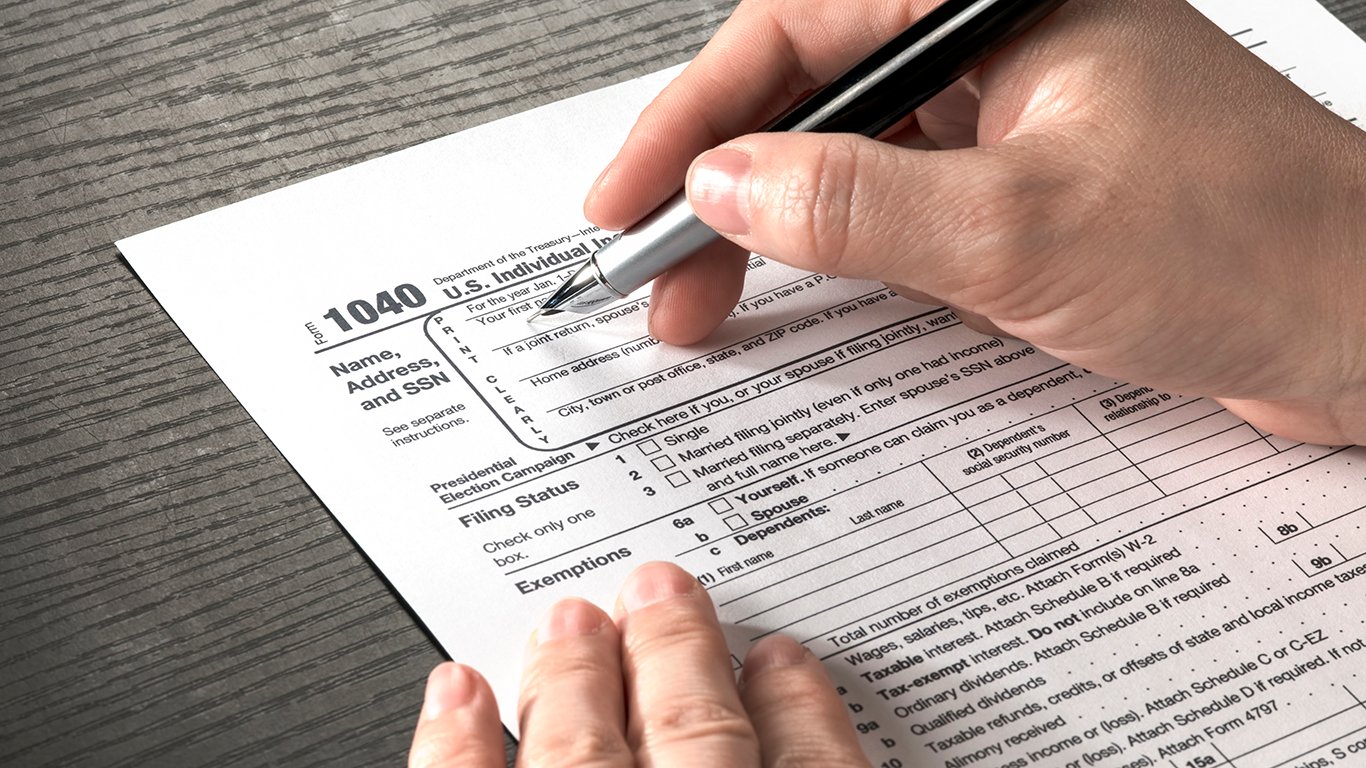

Since reaching a recent high of $2.33 a share on May 26, Fannie Mae (FNMA) stock has dropped by about 13%, including a one-day plunge of more than 7% on Thursday. Investors are worried that a second wave of the COVID-19 pandemic could put pressure on the balance sheet of Fannie and its partner, Freddie Mac (FMCC) and delay their exit from conservatorship.
[in-text-ad]
The Federal Housing Finance Agency (FHFA) has been seeking comments on potential new public offerings for Fannie Mae and Freddie Mac stock.
FHFA Director Mark Calabria told the Senate Committee on Banking, Housing and Urban Affairs earlier this week that he is “encouraged” by the steps the government-sponsored enterprises (GSEs) have taken so far to prop up the U.S. housing finance market. He also said that the financial crisis caused by the COVID-19 outbreak “is not over” and the full economic and financial effects of the crisis are “not yet known.”
Calabria warned the Senators: “The future state of the labor market remains uncertain. The mortgage market is still under stress.”
What Are Those Stresses?
The swift onset of job losses due to the coronavirus outbreak led to the adoption of temporary forbearance measures designed to keep homeowners and renters in their homes until the economy could right itself. Those measures, however, could have forced many mortgage loan servicers into a liquidity crisis. They are required to make monthly payments to purchasers of Fannie’s mortgage-backed securities regardless of whether they get paid by the borrowers.
FHFA addressed this threat by establishing a four-month advance obligation limit for Fannie Mae scheduled servicing, a period equal to the limit for Freddie Mac services. FHFA also permitted Fannie and Freddie for a limited period to purchase certain single-family mortgages in forbearance that meet their criteria.
The two GSEs are on the hook for total monthly principal and interest payments of about $32 billion. About 40% of the total ($13 billion) is the responsibility of Fannie and Freddie, and about $11 billion is down to banks. The remaining $8 billion in monthly obligations is the responsibility of nonbank lenders.
According to Calabria, about 6.4% of the two GSEs’ portfolios are in forbearance. Assuming a nonbank’s portfolio to include 6.5% of its loans in forbearance, these lenders would be obligated to pay about $520 million a month, for a total four-month obligation of some $2.1 billion.
If the forbearance rate were to rise to 15%, nonbank obligations would soar to roughly $1.2 billion a month. Calabria noted that the percentage of nonbank loan portfolios in forbearance was about 9.4% as of May 24, according to data from the Mortgage Bankers Association.
What All This Has to Do With Fannie’s Stock Price
The Trump administration plan for exiting the GSEs’ conservatorships has three basic parts. First, return Fannie and Freddie to private control after recapitalizing them. Second, create an explicit federal guarantee of the mortgage-backed securities issued by the two GSEs. Third, create more private companies to compete with Fannie and Freddie for mortgage purchases.
It is widely believed that in order to achieve the first step in the plan, Fannie and Freddie will need to raise $240 billion in capital to meet a 3.85% ratio of equity to assets. The only realistic way to achieve that is through a public offering of stock.
The second step in the plan is more difficult because only Congress can provide the explicit guarantee that investors want. In both the financial crisis of 2008–2009 and the current pandemic, the federal government acted to preserve Fannie and Freddie, even without an explicit guarantee.
The reality is that a collapse of the $16 trillion mortgage market is unthinkable, and investors know it. An explicit guarantee would allow the government to set a realistic equity-to-asset ratio to shore up the mortgage market in times of crisis.
Creating competitors to Fannie and Freddie implies offering the same federal guarantee and, again, Congress would have to approve that. In a divided Congress, such an agreement has little chance of success.
There are optimists who think that shares of Fannie and Freddie are underpriced and have plenty of long-term upside.
Take This Retirement Quiz To Get Matched With An Advisor Now (Sponsored)
Are you ready for retirement? Planning for retirement can be overwhelming, that’s why it could be a good idea to speak to a fiduciary financial advisor about your goals today.
Start by taking this retirement quiz right here from SmartAsset that will match you with up to 3 financial advisors that serve your area and beyond in 5 minutes. Smart Asset is now matching over 50,000 people a month.
Click here now to get started.
Thank you for reading! Have some feedback for us?
Contact the 24/7 Wall St. editorial team.



